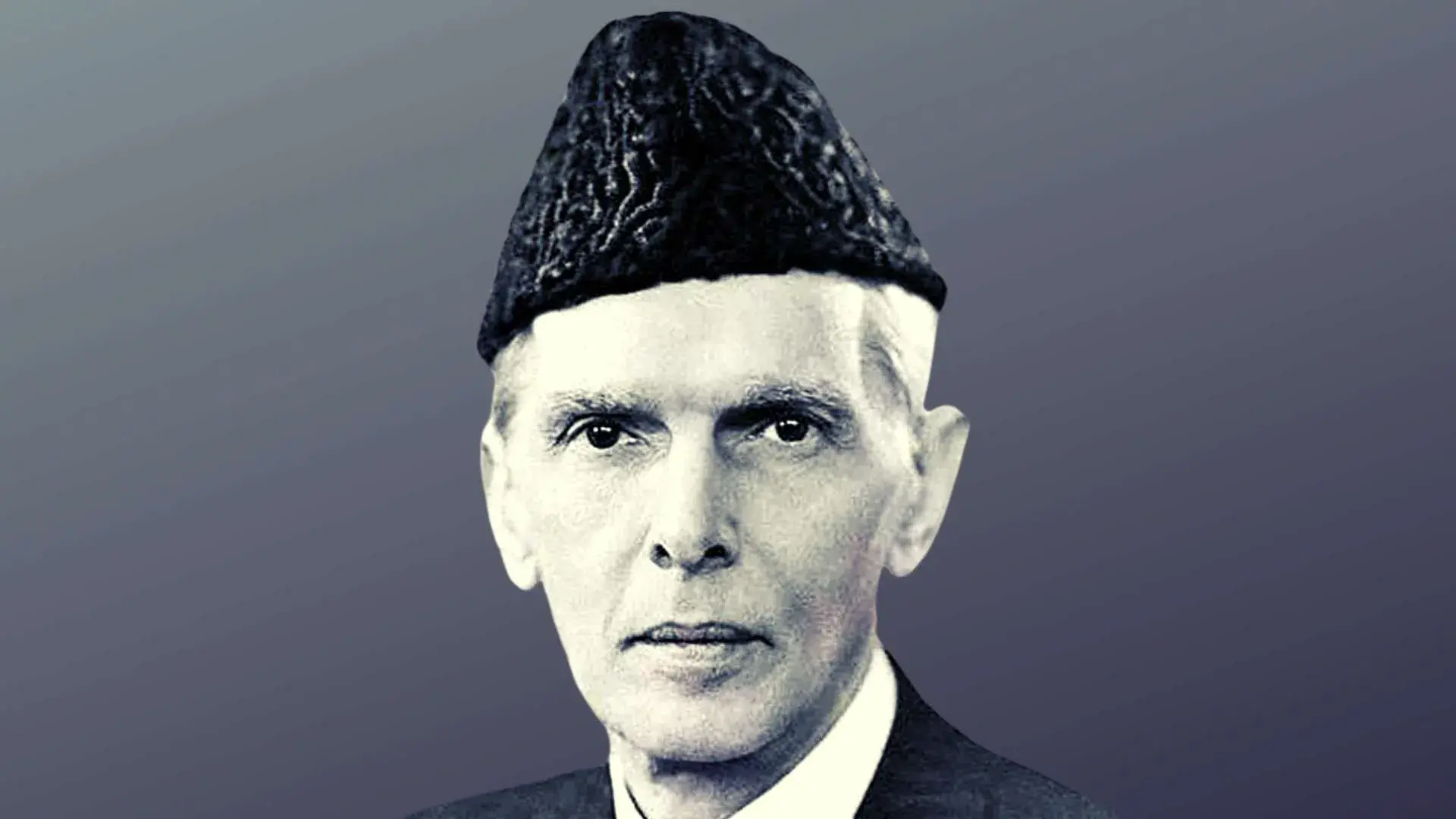The All India Muslim League, which is primarily credited with achieving India's division into two countries, was established on December 30, 1906. The League was primarily composed of affluent Muslim men when it was founded in Dhaka, and it stayed that way for nearly thirty years. The Congress then included Muhammad Ali Jinnah, who would go on to become its tallest leader. It didn't become a more widespread organisation until the late 1930s, when Jinnah led the Partition movement.
The Muslim League was dissolved in India during Partition. The League disintegrated into sections and did not last long in Bangladesh and Pakistan. Here are three points regarding the Muslim League and its political position in India that you should be aware of.
1. Formation of the Muslim League
As the 20th century dawned, the rich and powerful Muslims in India had begun to realise the need for political leadership and representation within the community. The way the Congress had opposed the Partition of Bengal in 1905 made this feeling more urgent. Two notable developments took place before the formal setting up of the Muslim League — the movement to set up what is today the Aligarh Muslim University, and a meeting of prominent Muslims with Lord Minto, then Viceroy of India, in 1905, to demand more political representation for Muslims.
American historian Stanley Wolpert, in his 1984 book Jinnah of Pakistan, wrote, “On October 1, 1906, thirty-five Muslims of noble birth, wealth, and power, from every province of British India and several princely states, gathered in the regal ballroom of the viceroy's Simla palace in the Himalayas.”
They presented an address to the Viceroy, which said that “representative institutions of the European type are new to the Indian people”, and unless they were adapted with the greatest care and caution, this would “place our national interests at the mercy of an unsympathetic majority.”
Wolpert notes that this “was the first use of the words “national interests” by Indian Muslims in appealing to British rulers for help against the “unsympathetic” Hindu majority.”
Two months later, in Dacca (now Dhaka), the All India Muslim League was founded.
2. The Lucknow Pact, 1916
There were instances of the Congress and the Muslim League cooperating. In December 1916, the Congress under Bal Gangadhar Tilak and the Muslim League under Muhammad Ali Jinnah signed the Lucknow Pact, which envisaged working together to advance the cause of India's freedom from the British.
Put briefly, the pact called for more Indian, elected representation in bodies like the provincial and central legislatures and the central executive council, and the Congress agreeing to separate electorates.
3. The Lahore Resolution, 1940
From the Lucknow pact to the Lahore Resolution, both the League and Jinnah had transformed entirely, insisting on nothing but Partition. Jinnah by then had left the Congress, and the erstwhile champion of Hindu-Muslim unity was convinced that Muslims would not get fair treatment in “Congress's Hindu Rashtra” after Independence.
Thus, the Lahore Resolution, adopted by the All-India Muslim League during its general session in Lahore from March 22 to March 24, 1940, formally called for an independent state for India’s Muslims. March 23 is observed as Pakistan National Day to commemorate this resolution.
The resolution declared that “it is the considered view of this Session of the All India Muslim League that no constitutional plan would be workable in this country or acceptable to Muslims unless it is designed on the following basic principle, namely that geographically contiguous units are demarcated into regions which should be so constituted, with such territorial readjustments as may be necessary, that the areas in which the Muslims are numerically in a majority as in the North-Western and Eastern Zones of India, should be grouped to constitute “Independent States” in which the constituent units shall be autonomous and sovereign.”
The resolution also demanded that “in other parts of India where the Mussalmans are in a minority, adequate, effective and mandatory safeguards shall be specially provided in the constitution for them and other minorities for the protection of their religious, cultural, economic, political, administrative and other rights and interests in consultation with them.”


_1.jpg)
_1.jpg)
_2.jpg)



.svg)
